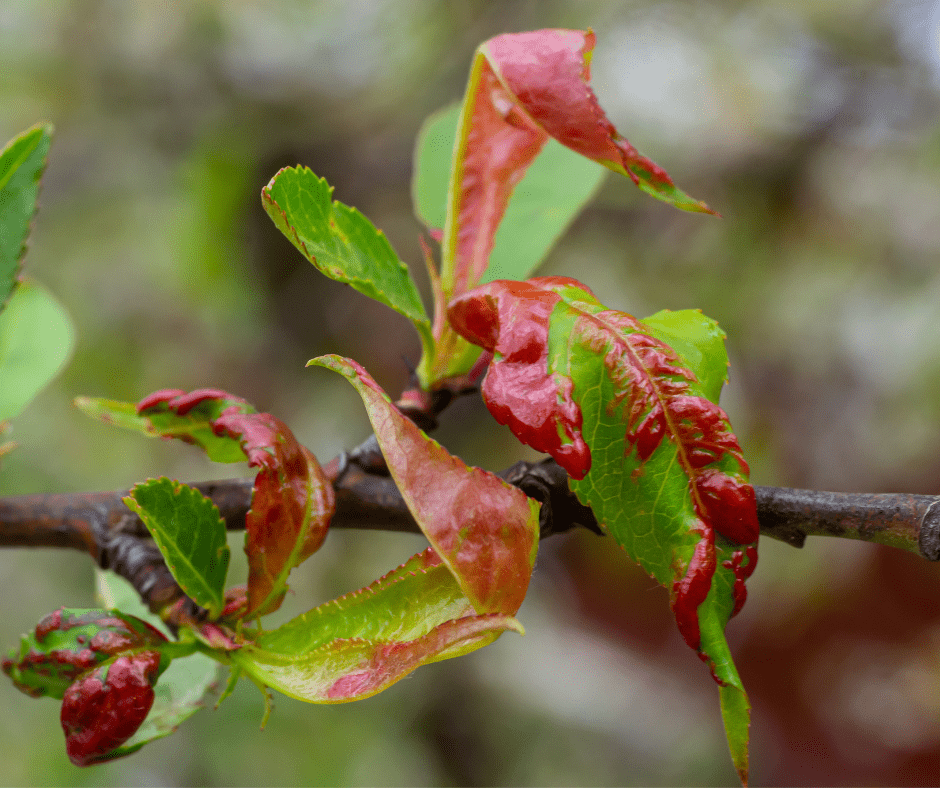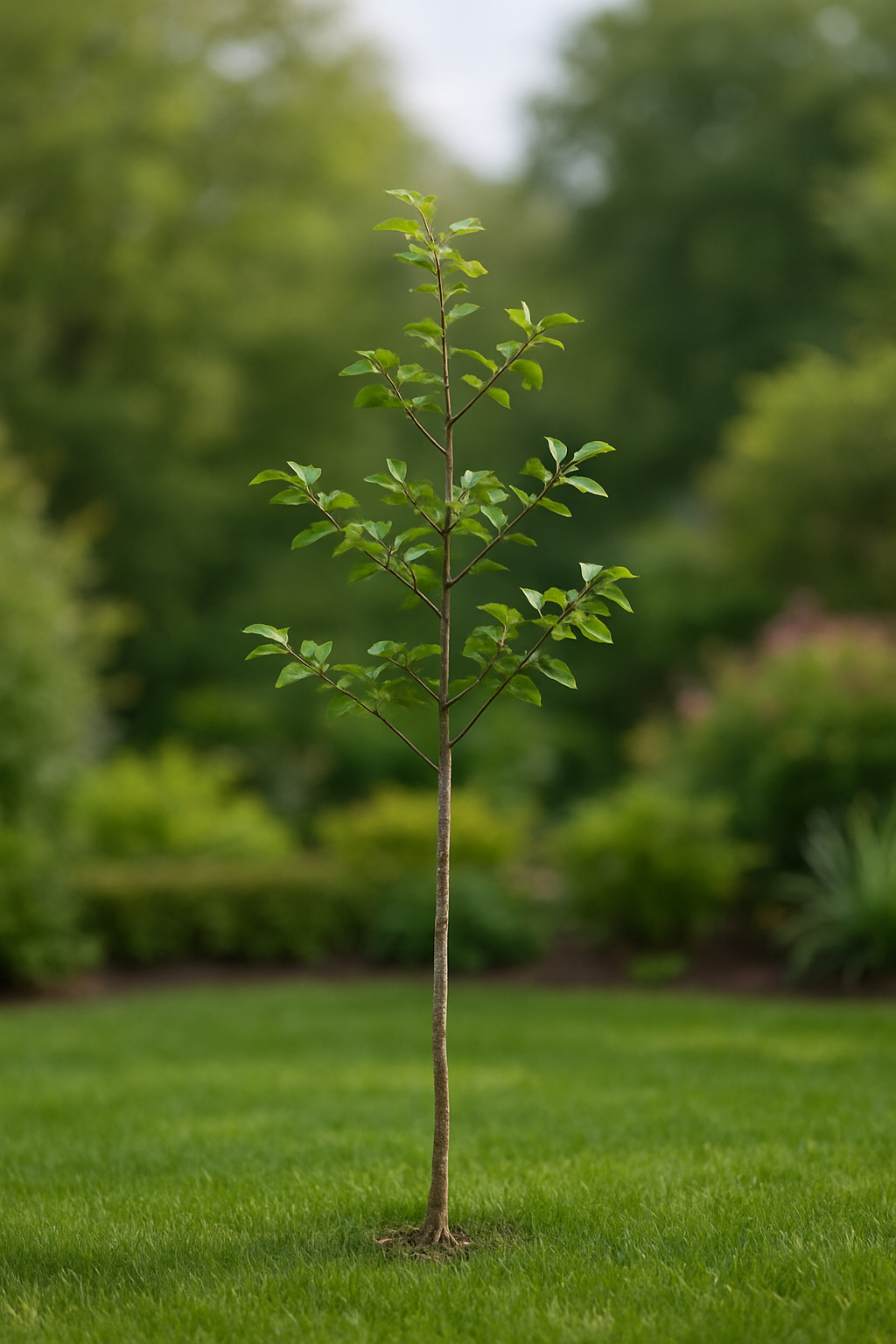Grand Rapids’ skyline is full with trees of every variety, from majestic maples to sturdy oaks trees.
Each tree adds character and beauty while benefiting our environment. Trees have long been considered some of nature’s living things, yet even they face risks that can eventually cause their demise or decline.
What causes trees to die, and what can property owners and tree experts do to preserve the health of these vital organisms?
No matter the cause, understanding what causes dying trees is important for prevention.
In this blog post, we take an in-depth look at the common causes of tree death within Grand Rapids’ environment and climate conditions.
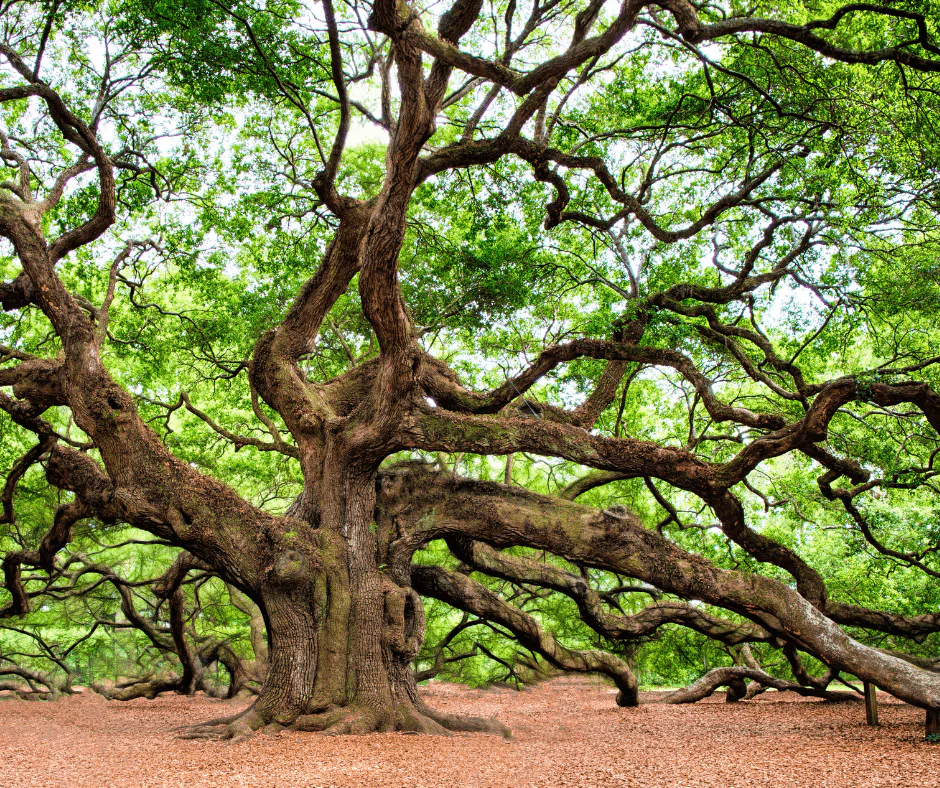
Common Causes of Tree Death
Old Age Isn’t Just For Humans
Like humans, trees also experience natural wear and tear over their lifetimes.
An Oak may live for centuries while birches may only reach 40-50 years.
With age comes wear and tear from storms, snowfall and changing seasons which makes an old tree less capable of fighting diseases or repairing itself as it once could.
Regular care and attention must be maintained for longevity in all species of tree life.
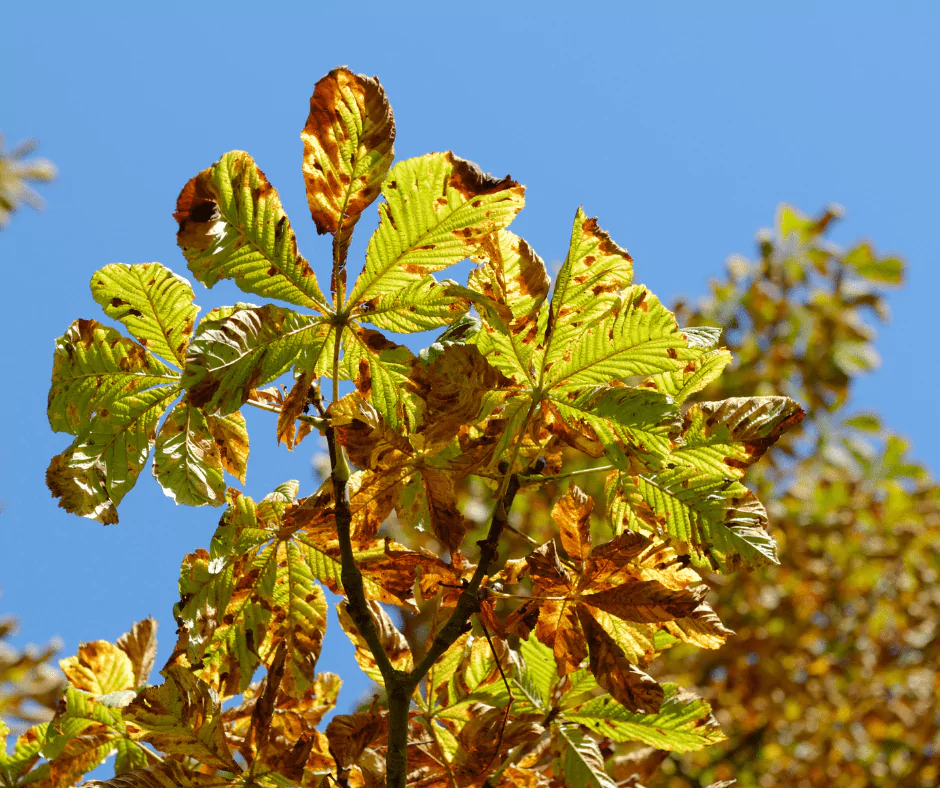
Diseases That Break the Strongest of Giants
Grand Rapids has seen its share of devastating tree diseases that threaten its residents.
Dutch Elm Disease nearly eradicated entire populations of elm trees in places like Detroit, while Chestnut Blight devastated Michigan chestnut trees over time.
One sneaky killer is Armillaria root rot fungus. It often spreads undetected throughout a tree’s root system before showing visible symptoms like dead branches or discolored foliage.
But preventative care can be provided by professional tree services to minimize this risk.
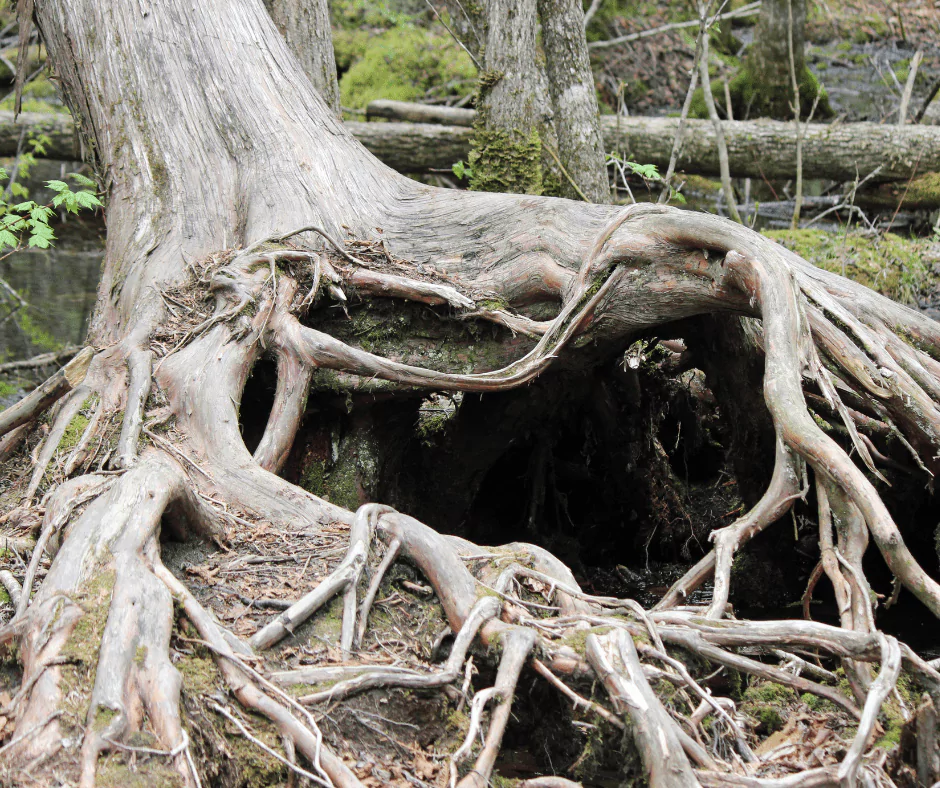
Root Damage and Soil Compaction
A tree’s roots are its lifeblood.
They provide water absorption and nutrition from soil sources while simultaneously anchoring the tree securely in place.
Unfortunately, activities like construction near trees or heavy machinery operating near them, or excessive foot traffic can damage their root systems.
Soil compaction, in which compressed particles reduce air and moisture flow to the roots, is another widespread issue in urban settings like Grand Rapids.
Both newly planted and established trees alike can fall prey to root damage or poor soil conditions without proper management.
You can safeguard the surrounding roots with loose, well-aerated soil in order to ensure your tree health.

Environmental Conditions and Climate Change
Michigan’s climate can be unpredictable, leading to changes in temperature, rainfall and seasonal patterns which can put strain on local trees.
Soil moisture fluctuates with each season (too much or not enough water) can damage them.
Drought-like conditions dehydrate trees while overly saturated soil drowns their roots leaving it unable to absorb oxygen.
When this is combined with modern challenges like climate change, it becomes even harder for trees to adjust.
You will need to tailor your tree care specifically to local species, and this may help mitigate these negative impacts.

Pests and Infestations
While diseases are the silent killers of trees, pests are its visible tormentors.
The Emerald Ash Borer has left some places in Grand Rapids covered in dead or dying ash trees.
Other threats like boring beetles or aphids may weaken a tree over time as their presence weakens its defenses over time.
Once pests invade a tree’s system they often cause irreparable harm by disrupting its internal processes resulting in a rapid decline.
Getting solid pest management strategies provided by tree experts can help in keeping these pests off and away from your trees.

Conclusion
While no tree can avoid death altogether (just like humans), with proper attention and care provided over time it may delay its death from old age or other common factors.
Grand Rapids’ wide variety of tree species bring character and life to the community, emphasizing the need to keep them healthy.
Every tree makes an impact.
From an old Oak requiring extra TLC or newly planted saplings that need time to establish roots.
Respecting their needs and addressing any issues early can transform a struggling tree into one with healthy roots and branches.
Just be sure to not underestimate potential tree hazards. When a tree can’t be saved anymore, it may be time to consider professional tree removal services to protect your property and loved ones.

